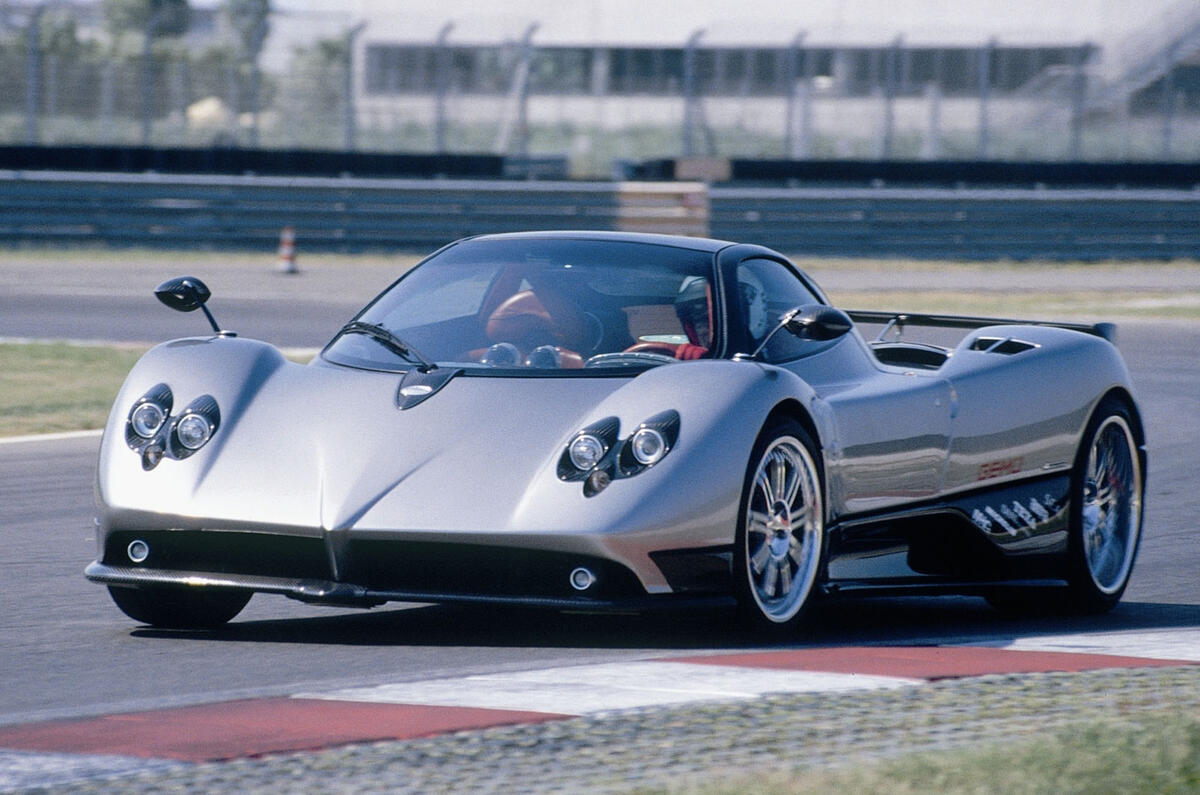Judging a car that hasn’t yet turned a wheel would be unfair. That’s why the birth of new supercars is usually reported in fairly straight fashion both here and across the media. That and the fact that we might like to have a go in it sometime and that it could turn out to be okay.
Besides, starting a car company is an admirable thing to do, isn’t it? I can’t see how you’d do it with anything other than good intentions. I’d will every one of them to thrive.
But you, dear reader, are no mug. You’ve seen them before and you’ll see them again: dust sheets pulled back to allow flashguns to fire, only to be pulled forward again without fanfare once the cash has run out, no orders have arrived and the prototype has been wheeled into the corner of a warehouse to forever smell of broken dreams, composite resin and bad debt.
The website, promising 200mph for £150,000 and production volumes of 200 a year, is usually the last to go; web hosting is cheap, easy smoke and mirrors. Developing supercars is not, and for every Noble M600 and Pagani Zonda produced in the world, there are a dozen Melling Hellcats, Hulme CanAms and Ronn Scorpions.
Who can forget the Onuk Sazan, Aspid GT-21, HTT Plethore and Gantula Zulu? The SSC Tuatara, Gillet Vertigo, MB Roadcars’ ‘Exigence Of Speed’ (yes, really), the Mazzanti Evantra, Joss JP1 and Montecarlo Rascasse? I’m inclined to pop Keating’s The Bolt into that list, too, but while it’s touted as a going concern, I can’t shake the nagging feeling that Dr Keating is simply winding us all up.
Some of the aforementioned might yet flourish, you know. (Go with it. It could happen.) But even if you manage to get further down the road than some of these, life ain’t easy. It might seem unfair to list these companies together; some of their cars were little more than a showcase for a bigger conglomerate’s wares, some genuinely made it, some had a fine long history and some might be back. But the nub of it is that Sunred, Spyker, Artega, Gumpert, Farbio, Arash, 9ff, Bristol, Caparo, Speedart, TVR and Wiesmann all had greater ambitions than resources.
Simon Saunders, boss of Ariel, perhaps says it best. “If you’re thinking of starting a supercar company,” he told the niche vehicle network last year, “see me afterwards and I’ll beat you around the head until you change your mind.”
I’m glad some still try it, and I’m gladder still when they make it (because, like Pagani, they tend to put engineering first and the success follows). But for every winner in an already saturated market, the chances get infinitesimally smaller for the next entrant.







Join the debate
Add your comment
kit-car crap
-
It's like owning a football